Symptoms Of Restless Leg Syndrome
Restless leg syndrome is a condition characterized by an uncontrollable need to move one's legs. This is typically caused by a sensation of discomfort. Episodes of restless leg syndrome generally happen during the evening or the night when sitting or lying down trying to sleep. When individuals move, there's a temporary easing of the unpleasant feeling. The syndrome may start at any age, and it tends to get worse with age. It can make it difficult to get to sleep or stay asleep, which can in turn cause disruptions in an individual's daily functioning. Certain steps for self-care and lifestyle changes sometimes help. Some medications can help individuals with restless leg syndrome.
Urge To Move The Legs
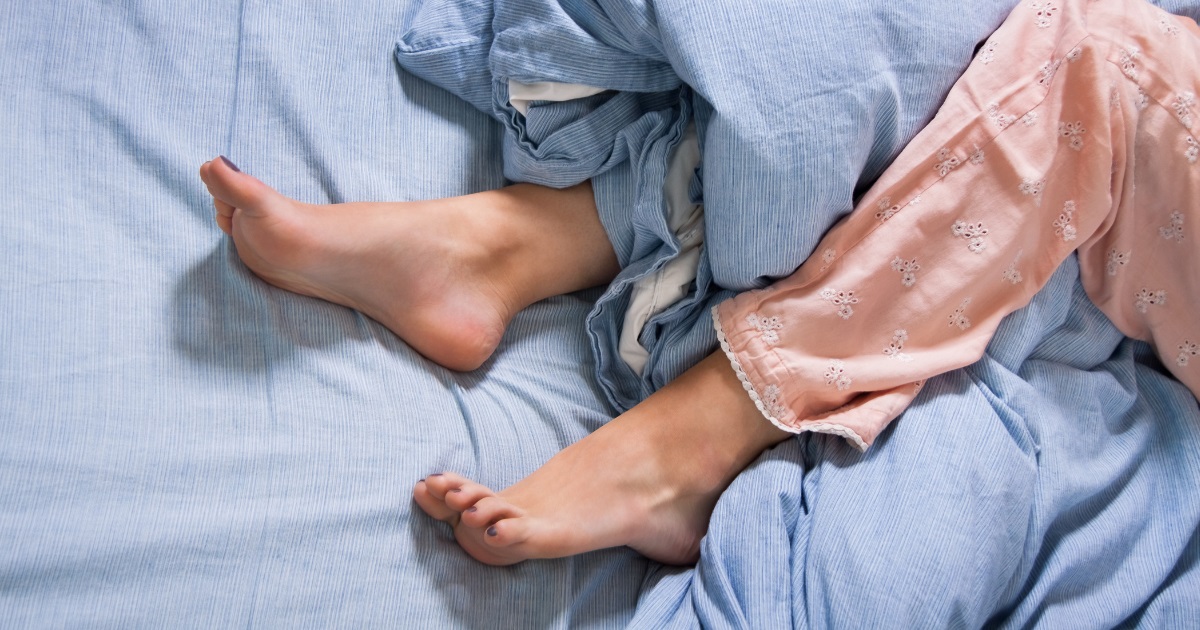
The most characteristic symptom of restless leg syndrome is individuals having an urge to move their legs. Other criteria tend to accompany this urge. A syndrome is a medical condition that describes a collection of different symptoms. These symptoms might not have the same cause or a unified cause at all. Patients might feel like they can't get comfortable when they lay down. There may be a sensation of energy or discomfort in the legs that is only alleviated when they are moved. It might be difficult for individuals to find a sleeping position that feels right to them. They might feel the need to get up and pace when they're trying to sleep or relax in the evening. The sensations typically happen in both legs. There are also less common cases where patients also experience an urge to move their arms. The urge is often due to sensations that occur inside the limb instead of on the skin.
Urges Beginning After Rest
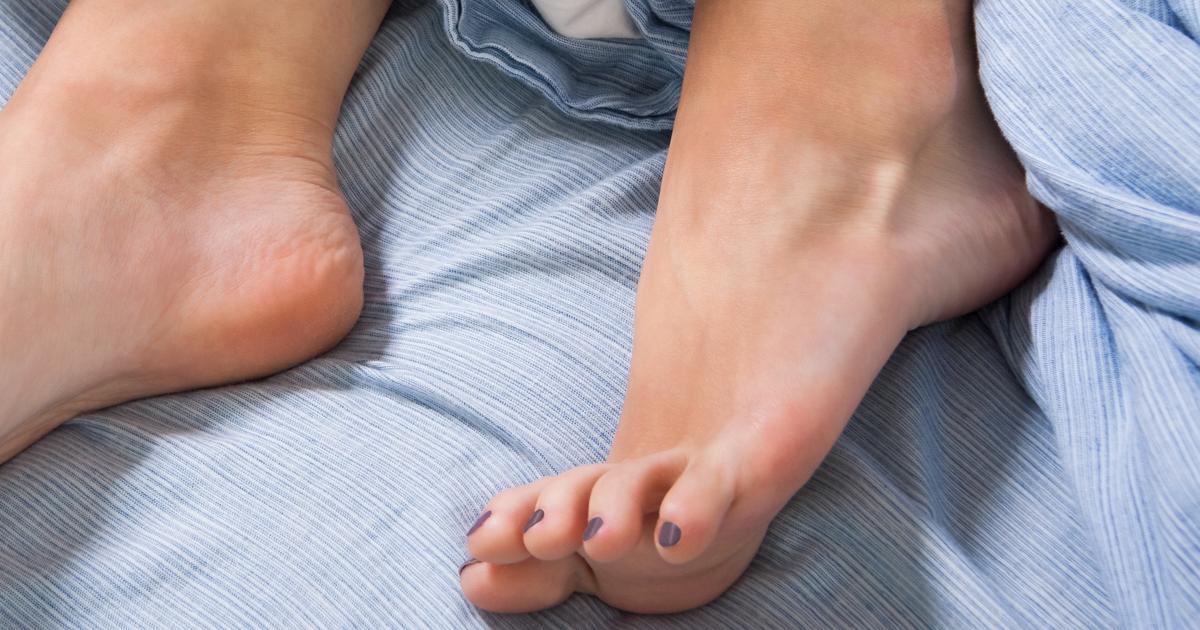
One of the most common accompanying characteristics of restless leg syndrome is the uncomfortable sensations begin after rest. Patients might experience a need to move their legs after they've been sitting or lying down for a long time. Office workers might experience this if they sit at a desk all day and don't often get up to stretch. Individuals might also experience the sensations if they've been sitting in a movie theater, crowded airplane, or car. Restless leg syndrome can be extremely uncomfortable if an individual is driving, as the need to move the legs isn't conducive to using the gas and brake pedals safely. Some affected individuals have a hard time explaining the sensations. They might not be a concrete feeling so much as an overwhelming discomfort. For others, the sensations might be described as electric shocks, tingling, itching, aching, throbbing, pulling, creeping, or crawling. It's rare for the feeling to be described as a numbness or muscle cramp.
Worsened Symptoms In The Evening
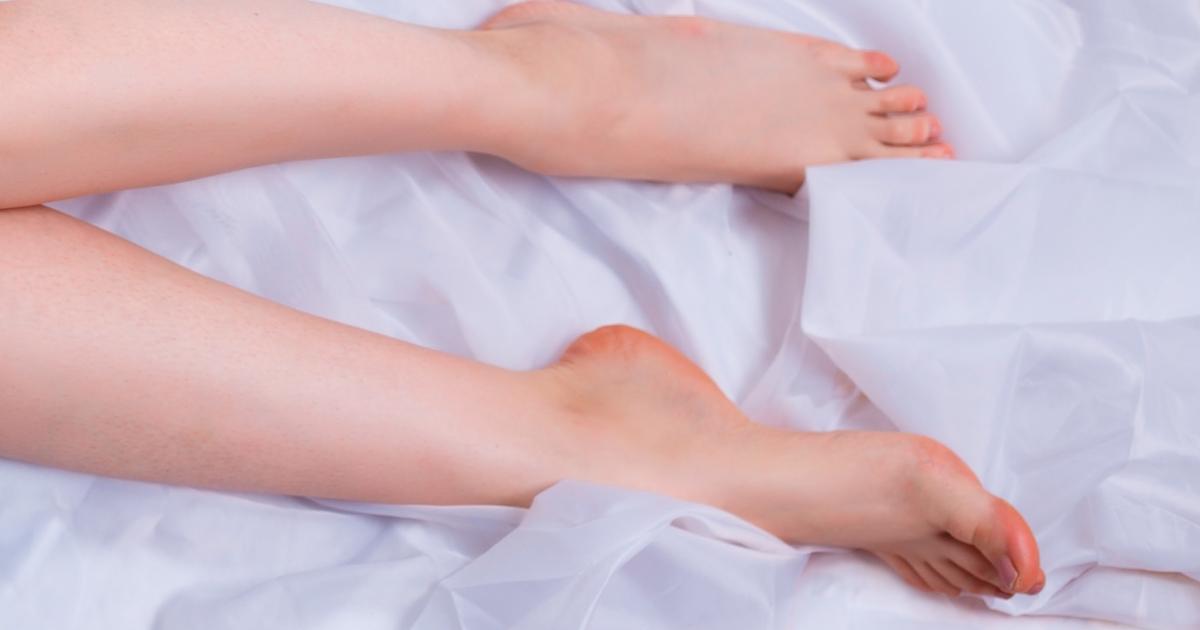
The majority of restless leg syndrome patients experience worsened symptoms in the evening. Some might experience symptoms during the day if they've been sitting for a long time, especially if they work an office job. But some individuals might only experience symptoms when they try to sleep at night. Some experts believe this syndrome is caused by an iron deficiency in the brain, and others believe dopamine imbalances play a role. It's rare for individuals to experience symptoms of restless leg syndrome when they're actively moving or standing. However, when they sit down, lay down, or try to relax, the sensations might begin. The symptoms tend to become significantly worse when individuals lie down for sleep, though there are severe cases where they start experiencing the sensations earlier in the day. The first thing individuals can do if they know their condition is aggravated at night is to make sure they have the best sleeping environment possible. They should keep their room cool, stay under warm blankets, wear comfortable pajamas, launder the bedsheets, and make sure their mattress is comfortable.
Twitching Legs At Night

Some restless leg syndrome patients experience twitching legs at night. This isn't necessarily part of the disorder, but it is a symptom that often accompanies it. Researchers refer to this as periodic limb movement disorder. It occurs when there is repetitive jerking or cramping of the legs when the affected individual is asleep. This can wake individuals up in the middle of the night, and the pain and discomfort can make it difficult to get back to sleep. If the symptoms are severe enough to cause serious sleep loss, patients might experience difficulty functioning during the day. Research has shown the symptoms of restless leg syndrome and periodic limb movement disorder both get worse when individuals are anxious. If individuals are experiencing a lot of stress, they need to introduce self-care measures to their routine. They should cut back on stressful situations where possible and introduce soothing activities to their day-to-day life. Patients might have flareups that get worse during times of stress, and they might find they become much less severe once they're less stressed.
Daytime Fatigue

Daytime fatigue is common in patients with restless leg syndrome because of how the syndrome affects their sleep quality. If individuals have to spend ages trying to get to sleep, they're unlikely to get the amount of sleep their body needs. This is doubly true if they also experience muscle spasms or cramps that wake them up at night. The dread of the discomfort might also cause individuals to put off sleeping, leading to them going to bed much later than they should. Patients might be frustrated with the fatigue because it feels inescapable. Describing this to doctors may also be difficult, since they're likely to recommend normal sleep hygiene measures. This can lead to increased stress, which can make symptoms worse in a vicious cycle. If individuals have restless leg syndrome, their best bet is to take self-care measures. If they don't work, individuals should talk to a doctor.
Pins And Needles In The Legs
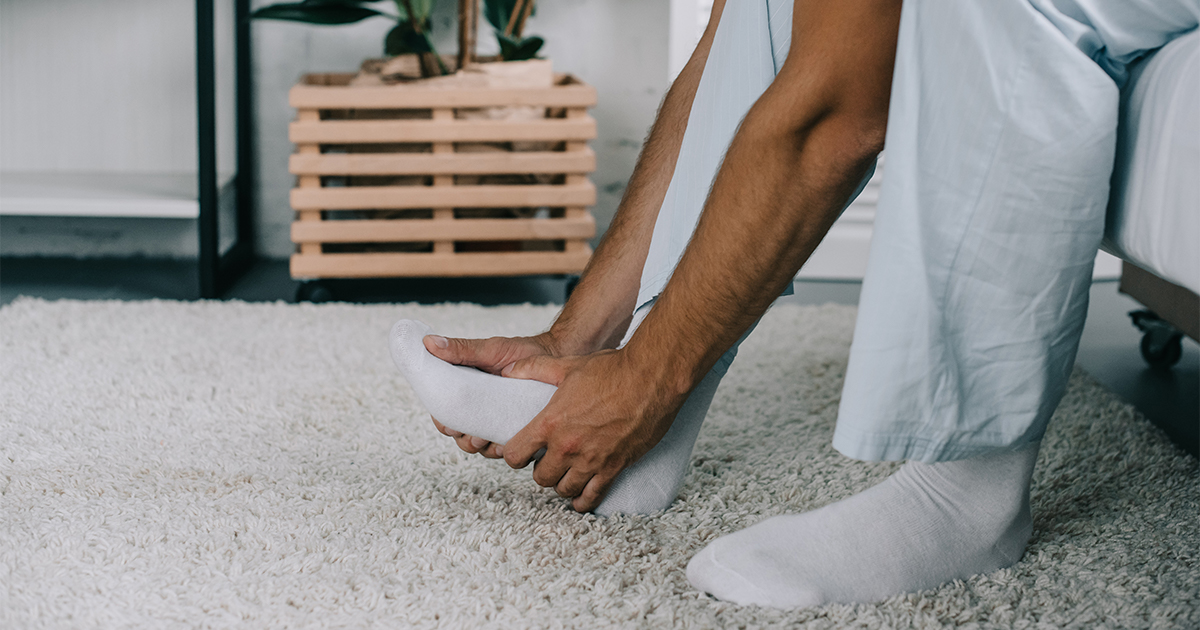
The pins and needles sensation that occurs in individuals affected by restless legs syndrome tends to occur in the evening and improves with the movement of the limbs, including walking around. Many restless leg syndrome patients describe this symptom as being a creepy-crawly feeling in their legs that comes on just after getting into bed. Some individuals report they experience these pins and needles sensations when they are sitting for long durations, like when on a long car ride, on an airplane, or in a movie theater. This manifestation of restless legs syndrome usually occurs in both legs at the same time, but can also affect a patient's trunk and arms. The pins and needles sensations caused by restless leg syndrome cause an affected individual to have an urge to move when they are lying still.
Itching In The Legs

An individual who experiences itching in the legs at certain times of the day may be affected by restless leg syndrome. Itching in the skin is also commonly referred to as pruritis in the medical community. In healthy individuals, itching in the legs tends to occur more often at night for several reasons. An individual's skin loses more water, releases more cytokines, and secretes more histamine when they are at rest, which can cause itchiness. Restless leg syndrome patients may have a heightened awareness of itchy feelings at night because of the presence of other symptoms of their disorder. Individuals affected by restless legs syndrome are thought to have reduced amounts of a neurotransmitter referred to as dopamine, which helps regulate the movements of smooth muscles around the body. A deficiency of dopamine can make an individual more susceptible to involuntary movements. Itching in the legs of those with restless leg syndrome is a common manifestation in patients who have other associated conditions, like neuropathy, kidney failure, and diabetes.
Disrupted Sleep
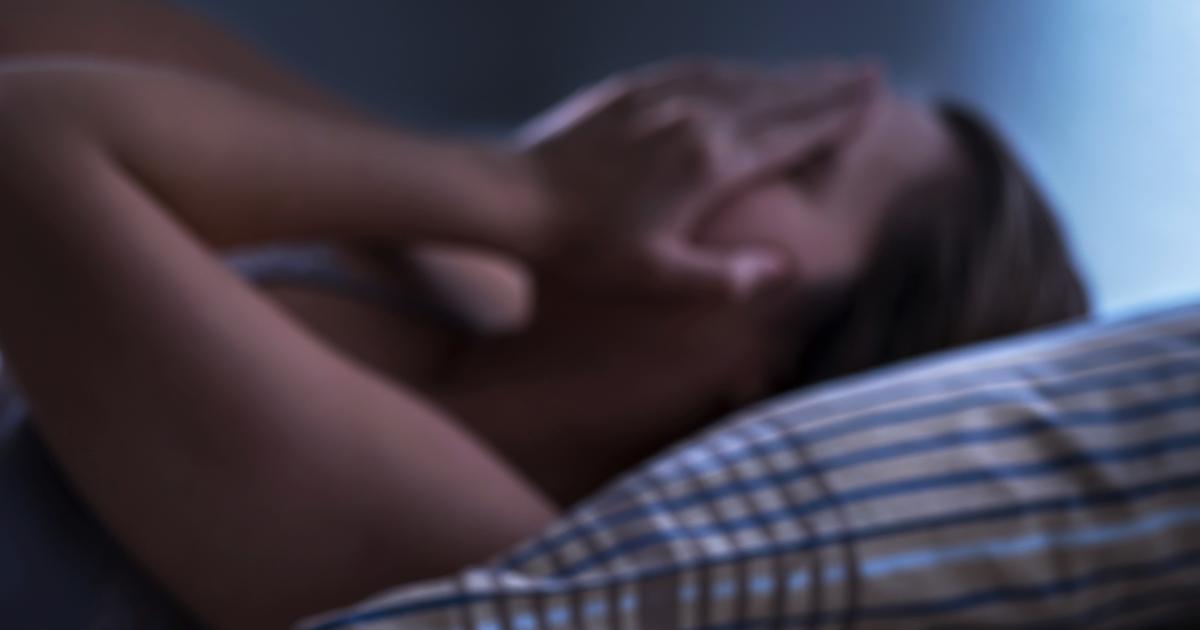
Some individuals who have restless leg syndrome tend to have problems with falling asleep at night initially because of the abnormal sensations in their legs that produce the irresistible urge to move. Others tend to have more of an issue with staying asleep once they have fallen asleep because of the uncomfortable sensations in their legs. Restless leg syndrome patients have less efficient sleep and lower overall duration of restful sleep. Disrupted sleep in an individual can cause them to experience difficulty during their everyday activities and tasks due to reduced functioning. Disrupted sleep from restless leg syndrome symptoms can also put patients at a higher risk of immunity problems because sleep is so essential to the functionality of the immune system. Individuals affected by restless leg syndrome who have difficulty with sleeping tend to nap more during the day and report feeling consistently sleepy during daytime hours. The circadian nature of restless leg syndrome is what causes disrupted sleep.
Tossing And Turning In Bed
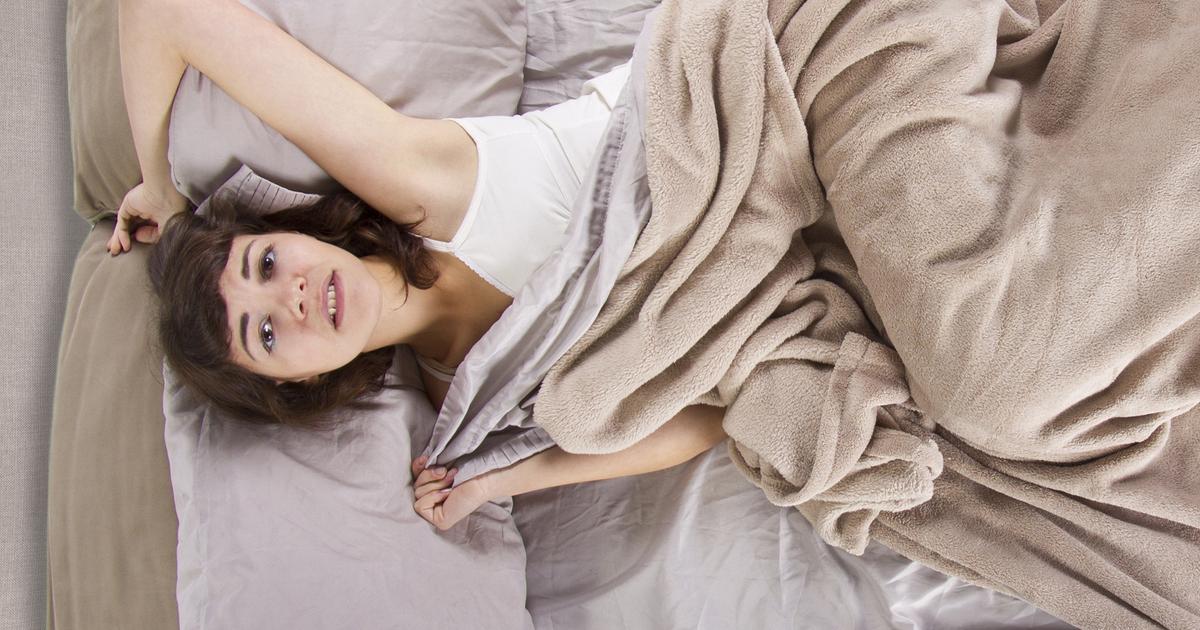
Tossing and turning in affected individuals can cause problems with their quality and duration of sleep. Many individuals who experience these symptoms are also affected by a condition associated with restless leg syndrome referred to as periodic limb movement disorder. This condition causes a patient's legs to kick, twitch, and spasm throughout the night when they are sleeping. The mechanism that links these two conditions together is not clear but is thought to involve the deficiency of dopamine and other neurotransmitters that are important to muscle function in the peripherals. Restless leg syndrome symptoms tend to improve in patients who are treated for the underlying periodic limb movement disorder. Some individuals affected by restless leg syndrome have a subconscious response to the urges to move when they are sleeping that is not associated with periodic limb movement disorder.
Insomnia

Insomnia is a term used to characterize when an individual has problems with falling asleep or staying in a restful state of sleep. An individual is considered to have insomnia when they have sleep difficulties at a frequency of at least three times every week for at least three months. Restless leg syndrome can cause patients to have secondary insomnia because they constantly have the urge to move their legs, and this disrupts the process of falling asleep. An affected individual often wakes up in the morning and does not feel refreshed as they should. This lack of restful sleep can cause an affected individual to feel excessively sleepy during the day, be grumpy, have fatigue, experience memory problems, and have an inability to concentrate. The top two symptoms reported in restless leg syndrome patients are insomnia and sleep disturbances because they tend to disrupt an individual's everyday life the most.
